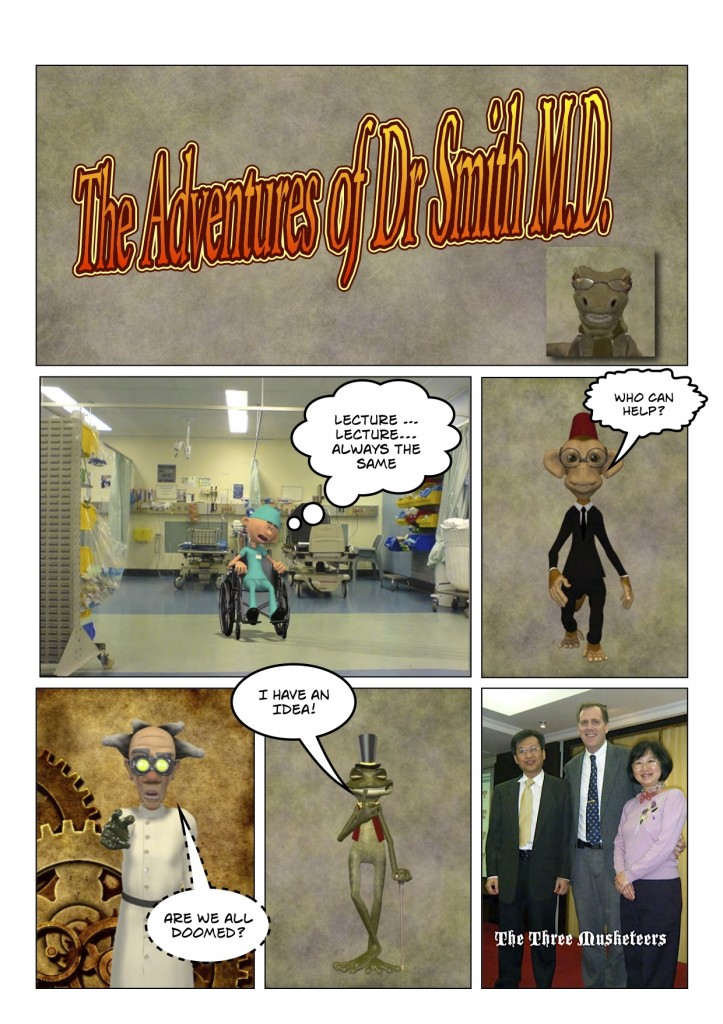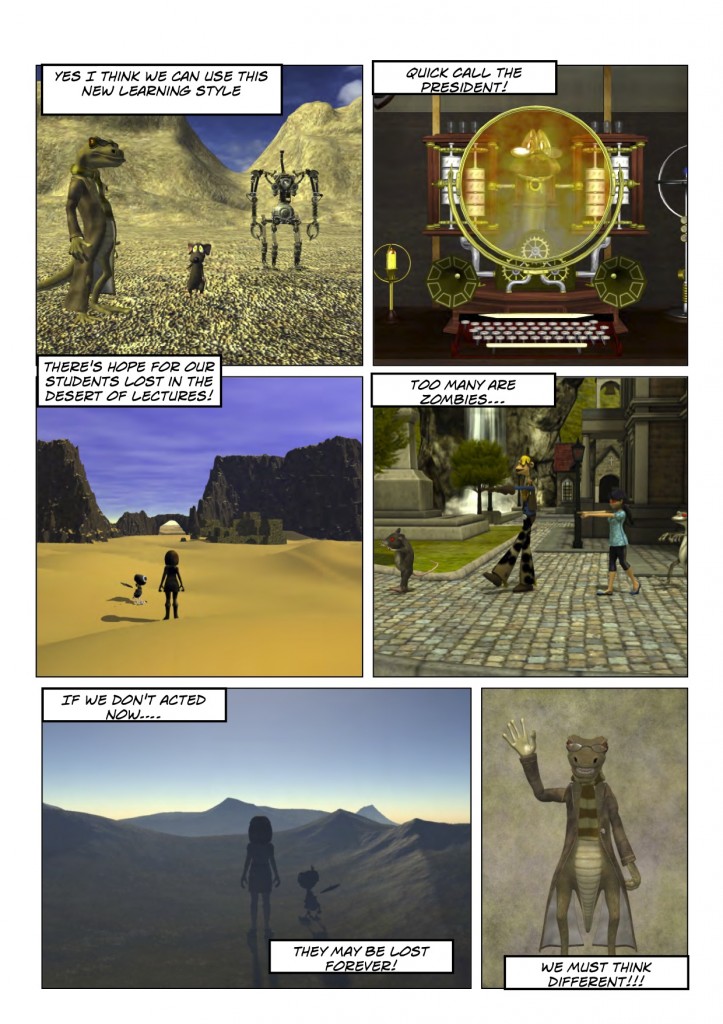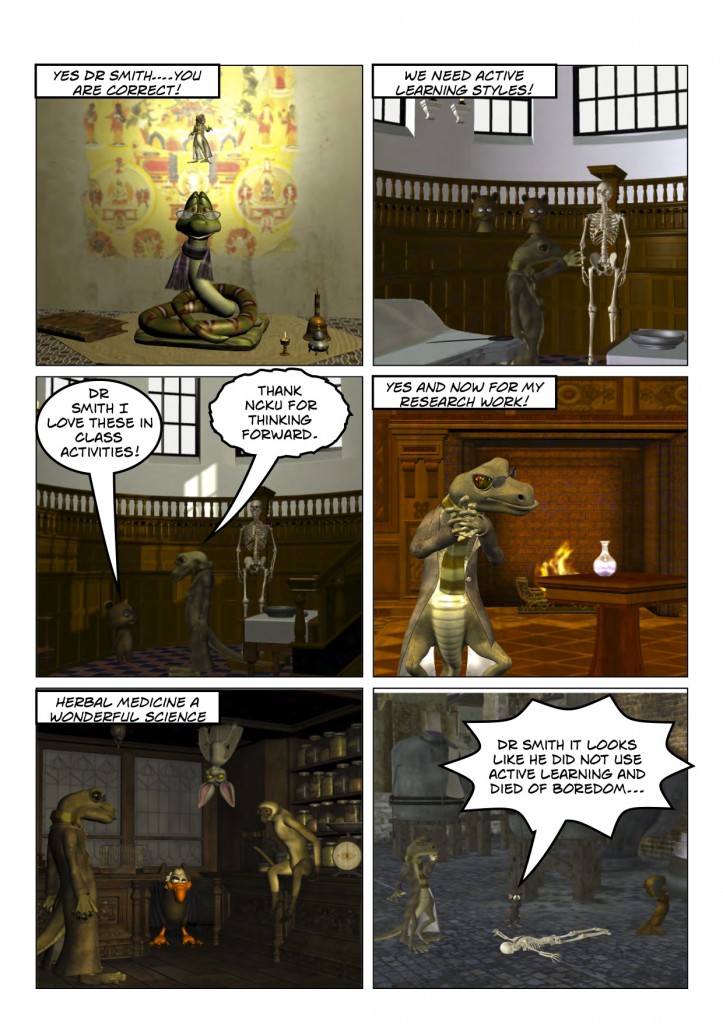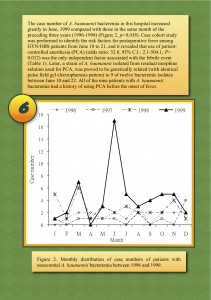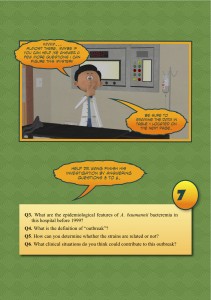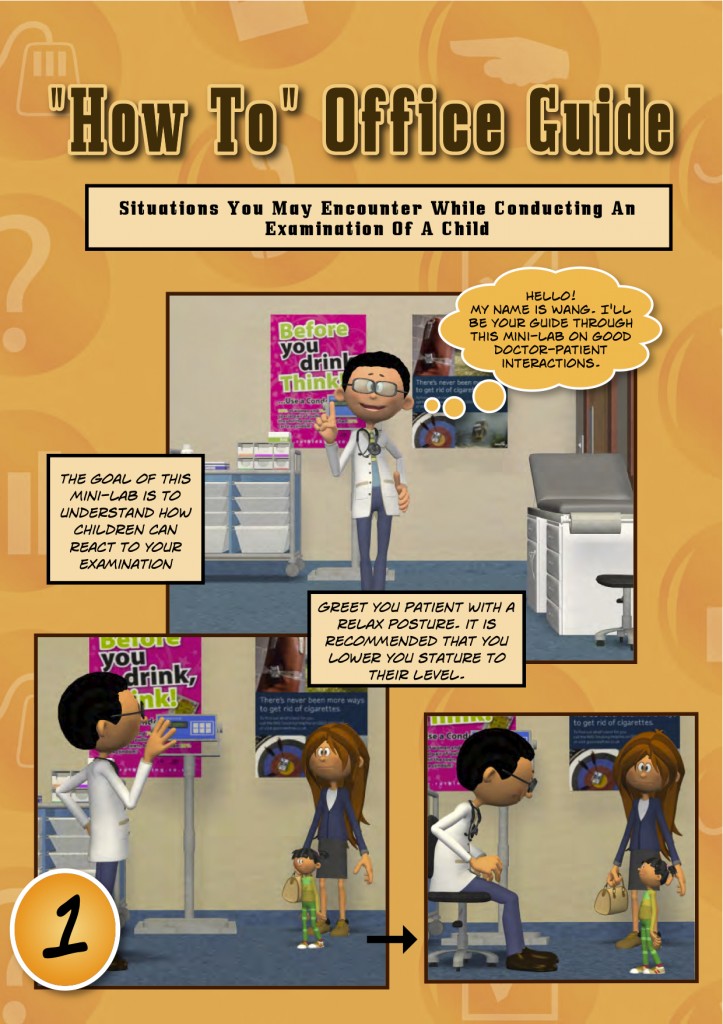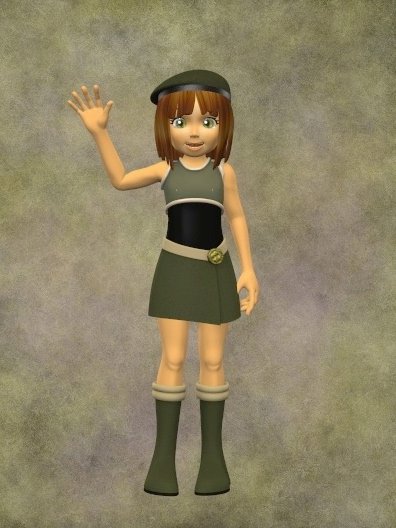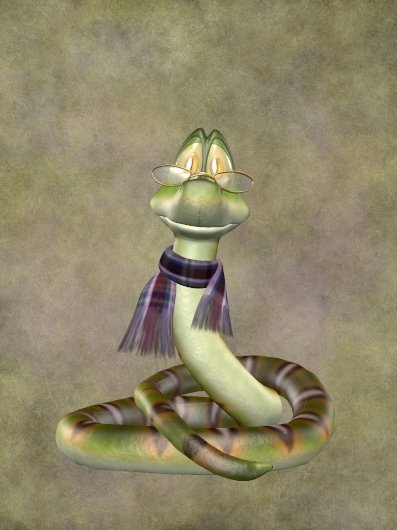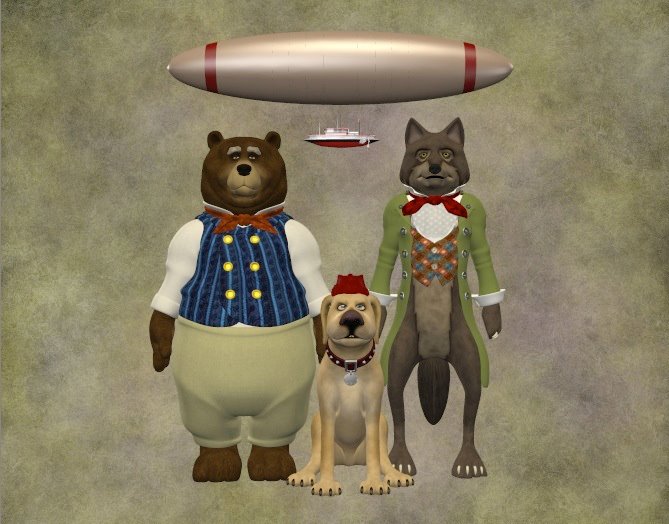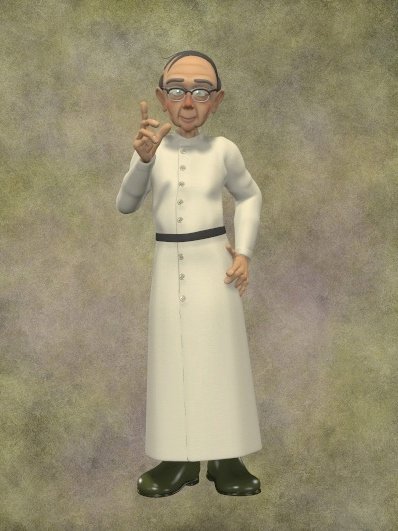Crossing the Cultural Divide With Comic Life
So how does a guy from Ohio, diagnosed with dyslexia in the 60’s teach medical professionals about ethics and doctor patient relations… in Taiwan? With Comic Life, of course!
 Meet Dr. Chris Johnson – international man of medical ethics, life long Buddhist, lover of the Prince Valiant and Andy Cap comics, and a Comic Life user who hopes to retire to Brazil one day. Though Costa Rica and Cuba are on the list too. A man who still remembers “the horrors of standing up and reading in front of the class,” while today he teaches about complex issues to lecture halls full of students. Clearly he has a story.
Meet Dr. Chris Johnson – international man of medical ethics, life long Buddhist, lover of the Prince Valiant and Andy Cap comics, and a Comic Life user who hopes to retire to Brazil one day. Though Costa Rica and Cuba are on the list too. A man who still remembers “the horrors of standing up and reading in front of the class,” while today he teaches about complex issues to lecture halls full of students. Clearly he has a story.
With a background in cognitive science and education, Chris had his first position with the Thai government in ’97 and quickly learned that just explaining things in written English was not going to be an effective teaching method.
When language is already difficult Chris found that comics gave him a great way to communicate important information easily. Looking around him at the Thai culture he remembers realizing, “it is all about beauty… everything is about looking good and nothing is about reading.” This posed quite a problem when the text books are filled to the brim with written knowledge, especially when his students “weren’t reading the books. They weren’t reading period.”
“I was asking myself, ‘How do we get around this?’ And that’s when I found Comic Life.”
Seeing Everyday as a Model for Learning
“Everyone had Manga comics,” so Chris decided to use Comic Life to turn portions of the material into comics too. He took case studies from the medical clinics and books, used Comic Life to cartoonize them, and brought the material to his Master’s and PhD students – “They were overwhelmed with excitement.” Pretty soon Comic Life became a staple part of his tool kit, and students were using it far more efficiently than they were the material in their text books. Comic Life allowed the students to participate and interactively present case studies, making all of the difference in the world. The students were staging clinical scenarios using their own work space and colleagues as actors. “It’s proven that when we identify with the material learning actually goes up,” and Comic Life provided a quick and easy way to incorporate students directly into the material.
While acknowledging that there are many aspects of teaching, Chris believes that “modeling is very, very important, and as people in a community there is incidental learning that occurs every day.” We “create miniscripts in our brain all the time, and visual based tools give us the gist of things without having to worry about the details.”
“To put it simply – we have used and use stories to communicate large amounts of data. So we don’t really need to study how to use them as a learning tool as opposed to say statistics or calculus. Narratives also allow us to elaborate the information in them, make it ours, ‘hay, he is just like me’ or ‘I did that once’ or ‘man I sure can relate to that.’ Since we are already using these learning tools in everyday life it should be easy for teachers, trainers or parents to quickly develop a comic or photonovel to use as part of an informative curriculum.”
More Than Just Protocol
“Through the use of narratives I have been able to engage learners at a deeper level within the case analysis. By this I am referring to matters of emotional portrayal – most cases are written to be matter of fact, however when you are dealing with personal issues such as termination of a loved one it is anything but detached. From a personal point,I used and use story generation to help organize large amounts of complex information into an indexable data base. If I need to recall how to do a protocol I make up a story and the funnier or more humorous it is for me the easier it is to remember.”
Images take out the cultural difference and language barriers by presenting the most basic and globally unifying communication tool we have – facial expression. With 4-D imaging and Comic Life Chris is able to bring the human element back into science driven medical care. In written case studies “you can’t know how people react, but with a cartoon you can see the reactions right there on the page.” Once he started using comics, pictures and cartoon faces he was able to demonstrate an individual’s mood and reaction in a clear way, helping his students to better navigate the complexities of doctor-patient relationships.
Continuing To Breakdown Barriers
Chris has used Comic Life to train students and medical professionals from all over the world, and he continues to do so with many of his current projects. Not to allow himself to rest for too long in one area, Chris has developed his latest project, Sadie’s World – a virtual world filled with quirky characters and tons of education. Sadie’s World is part of the United Nations Girl’s Education Initiative, which was created in June of 2000. The UNGEI has an inspiring vision to see a “world where all girls and boys are empowered through quality education to realize their full potential and contribute to transforming societies where gender equality becomes a reality.”
If you would like to learn more about Sadie’s World you can visit the new Facebook page. And if you would like to learn more about UNGEI please visit their homepage.

